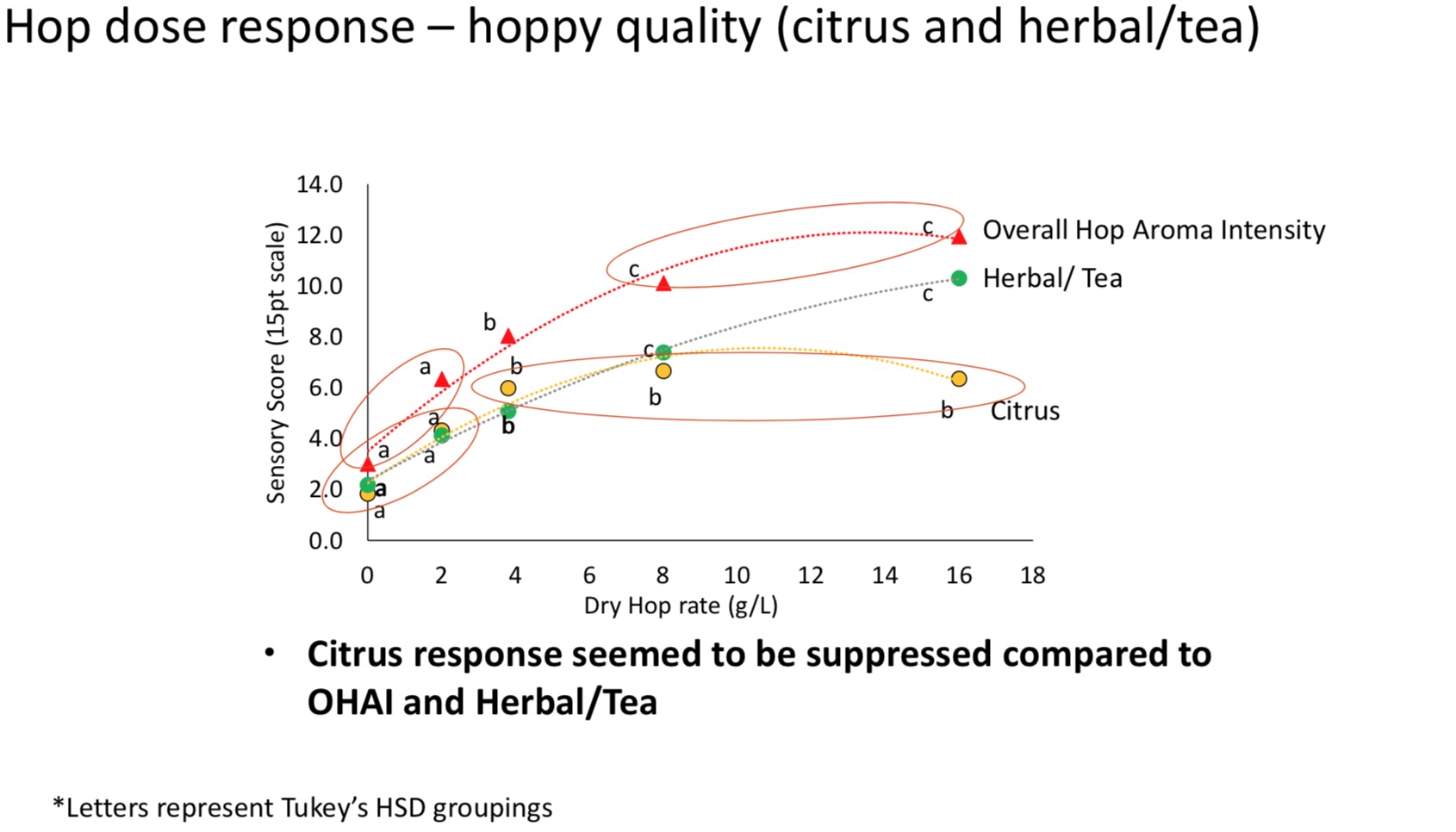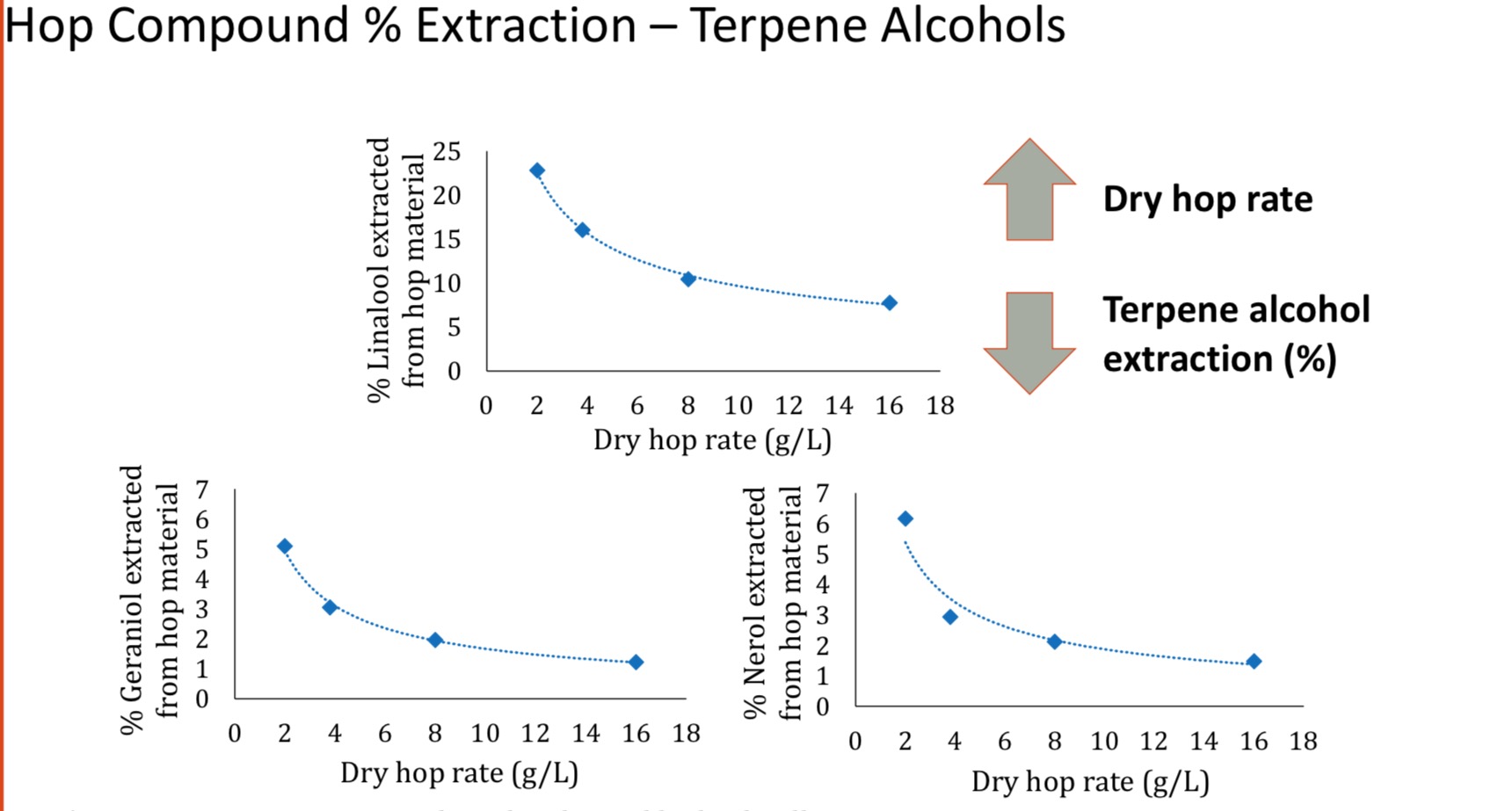First: I would recommend that folks review this slide deck - lots of amazing info compiled into one presentation.
https://www.craftbrewersconference....hopping-Beer-Achieving-Consistent-Flavor1.pdf (I will include screenshots in my response to above.)
Second, in response to your question
@SRJHops I would challenge you to not think of hopping amounts in fractions of batch total, but rather amounts based on goals per each timing.
BOIL - 15-30IBU or
none. Some like a bitterness backbone rather than straight juice - I target 15-20IBU using CTZ. To me it gives a more rounded flavor profile see TH Julius
WHIRLPOOL - 1oz / gallon. Modify amounts if using high cohumulone hops (e.g Vic Secret). Pick based on desired
primary flavor and
supplemental aroma profile (assuming a dryhop is used in conjunction). Here is a study that shows the differences of lots of hops of flavors produced and intensity of WP vs Dryhop. This study was done at 1/2 oz per gallon. I dont recall why/where I landed on 1oz but I am sure that Scott Janish had something to do with it. My personal experience with Simcoe, Galaxy, Citra is comparable. I thought it was interesting that Mosaic was basically the same regardless of WP or DH (thiols mainly responsible and not change???)
View attachment 606707
DRY HOP - 1-1.75oz per gallon TOTAL amount. Pick based on desired
primary aroma and
supplementary flavor profile. Modify amounts if using high cohumulone hops (e.g Vic Secret) - bitterness extracted during dry hop will not diminish over time. I personally do not do a krausen dry hop any more. In my experience it muddles flavors as others have mentioned. If you DO dry hop at krausen, use 1.75oz / gallon because when the yeast drop, they will pull some of the oils out of suspension. If you dry hop after FG then go for 1-1.5oz/gallon total for maximum desired effect. More than that will introduced vegetal/herbal flavors & excess polyphenols. Here is key slides from dryhop dosing study using cascade hops from presentation that I linked earlier. Although this cascade hops, other studies and ancedotal evidence point to similar conclusion of the amounts provided above
- 3.8g/l = 0.5oz/gal
- 8g/l = 1oz/gal
- 12g/l = 1.6oz/gal (not in test but you will see why this provided)
- 16g/l = 2.1oz/gal
View attachment 606709
View attachment 606710
View attachment 606711







